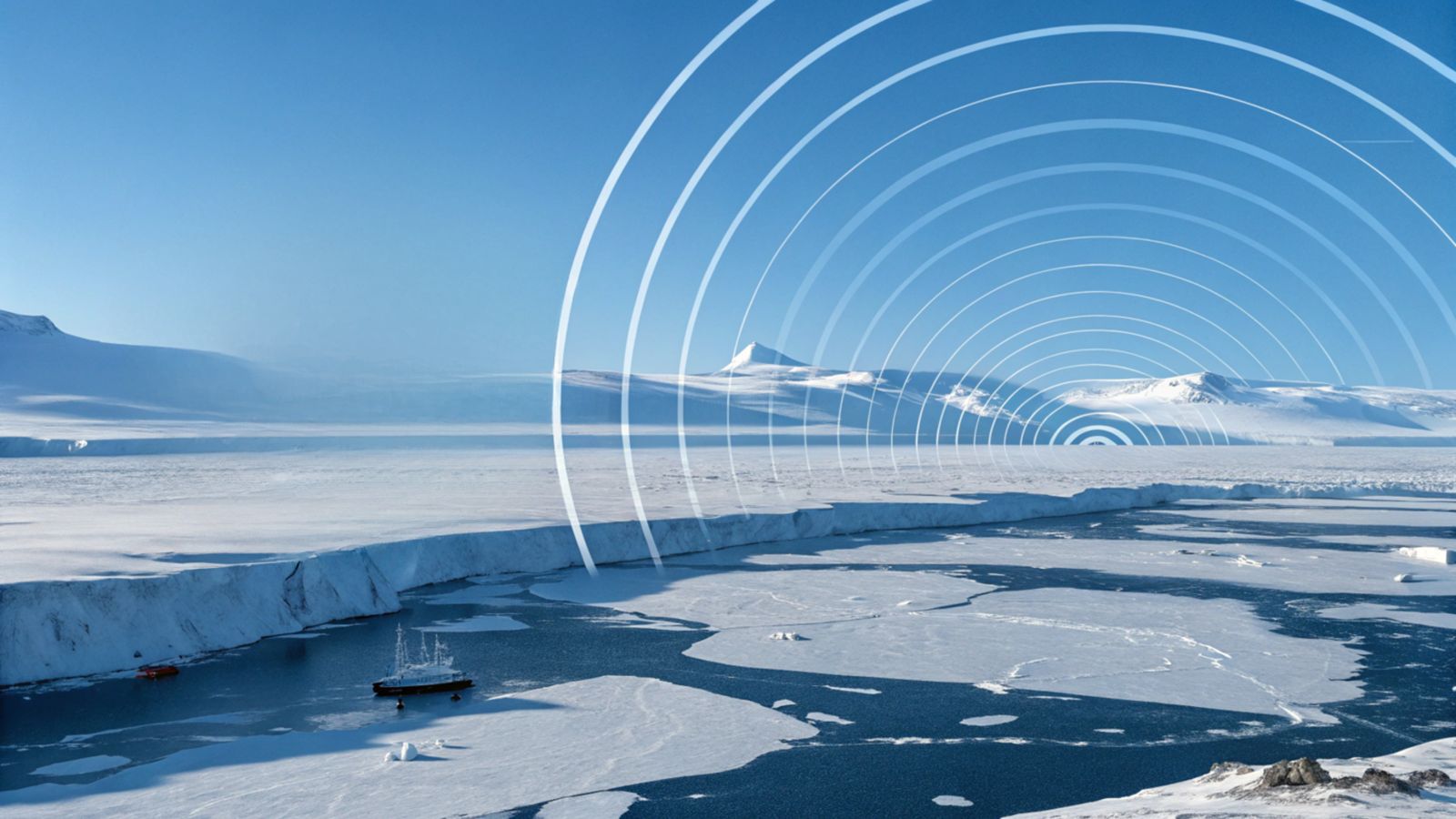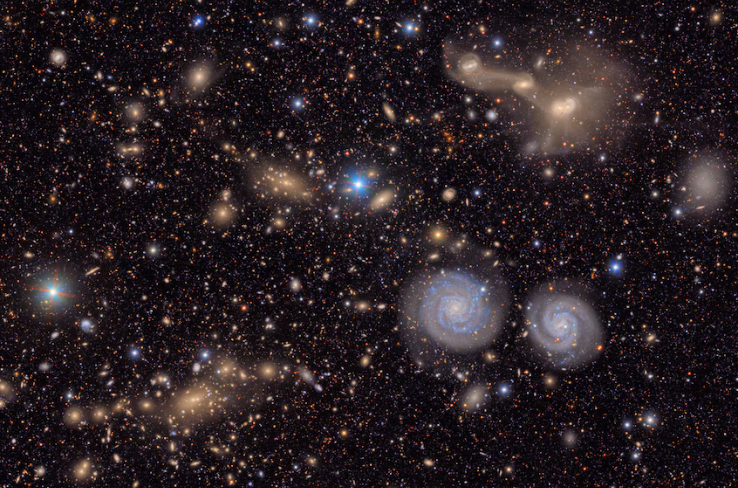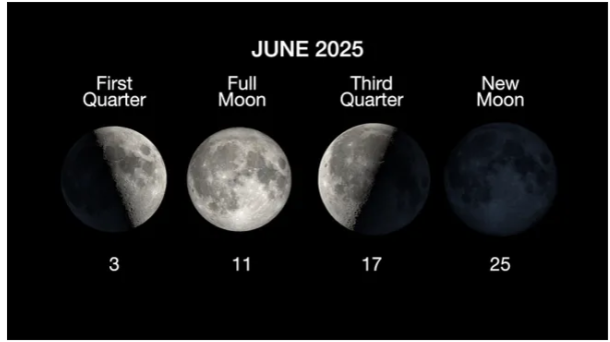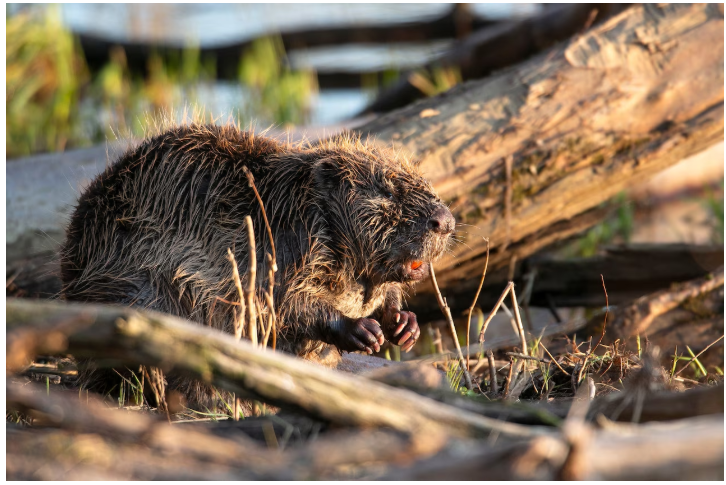Whether on land or underwater, sand dunes usually appear in large groups. But even when these natural formations are in close touch with their neighbours, they still need their personal space from time to time.
When two identical dunes migrate over long distances, physicists have found these structures will unexpectedly change their pace so they end up evenly spread out, prompting speculation about how these mounds of sand can ‘communicate’.
“They’re definitely communicating,” physicist Nathalie Vriend from Cambridge University said in an interview with The Washington Post.
“If I give my neighbour in front of me a push, it’s something I do. But we’re not talking about humans with brains, we’re talking about sand dunes that communicate – inanimate objects communicating information.”
Obviously, sand dunes can’t speak to each other. But the researchers argue that the influence dunes have on the forces moving them – such as wind or water – changes how those forces affect other dunes around them, making these physical structures ‘communicate’ their position.
This is contrary to what many theoretical models have supposed about dune migration, which occurs so slowly and across such great distances that it’s extremely difficult to study.
Generally, these structures are seen as self-propelling autonomous agents that can sometimes collide and consume each other, but not necessarily collaborate.

“Another theory is that dunes might collide and exchange mass, sort of like billiard balls bouncing off one another, until they are the same size and move at the same speed,” explains theoretical physicist Karol Bacik from Cambridge University.
Their new findings make both of these explanations seem inadequate. Small sand dunes are generally known to move faster and larger dunes slower, suggesting dunes of a similar size would move at the same pace; but the new results suggest this may not always be the case.
Instead, two sand dunes with the same volume and shape may take their cues from each other, accelerating or decelerating to move further away, all without trading much of their mass in the process.
“We’ve discovered physics that hasn’t been part of the model before,” says Vriend.
By creating a rotating water-filled channel, the team was able to keep two identical dunes swirling in circles for hours at a time. Rather than moving at the same initial pace, the dune in front initially sped up.
Once it had travelled 180 degrees to reach the opposite side of the circular channel, the leading dune slowed down to the same pace as the other.
“The flow structure behind the front dune is like a wake behind a boat,” explains Vriend, “and affects the properties of the next dune.”
By creating turbulence in the water flow, the first dune pushes the one behind it. In other words, the leading structure is interacting with and repelling its downstream neighbour – ‘communicating’ through its wake, and giving up very little of its own mass in the process.
This repulsion for nearby sand dunes has been observed in satellite images before, but the forces behind it have never been understood.
Even when the researchers mixed it up and put two dunes of slightly differing sizes into the channel, they noticed a similar effect. The larger one in front initially sped up; then, as the separation between the two dunes increased and the leading one’s wake grew weaker, the smaller downstream dune began to speed up.
Eventually, this dune-dune ‘repulsion effect’ got the two structures balanced so they were travelling at the same rate, preventing any possible collisions.
“We conclude therefore that it is plausible that the structure of natural underwater dune fields is controlled and stabilised by the same dune-dune repulsion mechanism observed in this work,” the authors write.
If this activity also exists on land, it could be incredibly important for climate change preparation. Over the years, global warming has increased dune movement in certain parts of the world, including in the US, Africa, and Antarctica.
Figuring out where these massive structures of sand are headed – and how they travel – could allow us to prepare farms, roads, infrastructure and livelihoods for the oncoming collision.








 Photographer Finds Locations Of 1960s Postcards To See How They Look Today, And The Difference Is Unbelievable
Photographer Finds Locations Of 1960s Postcards To See How They Look Today, And The Difference Is Unbelievable  Hij zet 3 IKEA kastjes tegen elkaar aan en maakt dit voor zijn vrouw…Wat een gaaf resultaat!!
Hij zet 3 IKEA kastjes tegen elkaar aan en maakt dit voor zijn vrouw…Wat een gaaf resultaat!!  Scientists Discover 512-Year-Old Shark, Which Would Be The Oldest Living Vertebrate On The Planet
Scientists Discover 512-Year-Old Shark, Which Would Be The Oldest Living Vertebrate On The Planet  Hus til salg er kun 22 kvadratmeter – men vent til du ser det indvendigt
Hus til salg er kun 22 kvadratmeter – men vent til du ser det indvendigt  Superknepet – så blir snuskiga ugnsformen som ny igen!
Superknepet – så blir snuskiga ugnsformen som ny igen!  Meteorite That Recently Fell in Somalia Turns Out to Contain Two Minerals Never Before Seen on Earth
Meteorite That Recently Fell in Somalia Turns Out to Contain Two Minerals Never Before Seen on Earth  Nearly Frozen Waves Captured On Camera By Nantucket Photographer
Nearly Frozen Waves Captured On Camera By Nantucket Photographer  It’s Official: Astronomers Have Discovered another Earth
It’s Official: Astronomers Have Discovered another Earth 
9zkmbm
h1pr93
mzxygk